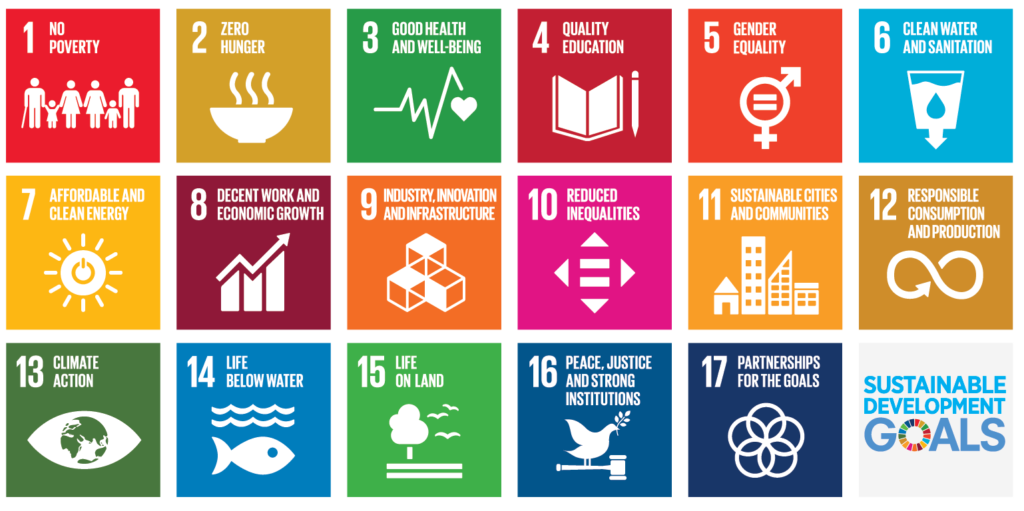This article was provided by Global Schools Program Ambassadors, a Sustainable Development Solutions Network Youth Initiative.
The Global Schools Program is one of the projects lead by the Youth initiative of the UN Sustainable Development Solutions Network (SDSN Youth), in support of UNESCO’s Global Action Program on Education for Sustainable Development (GAP-ESD). The program aims to generate interest in sustainable development in schools in an effort to empower schools and teachers globally to educate children about the Sustainable Development Goals (SDGs).
Agreed to by 193 governments, the Sustainable Development Goals (SDGs) are 17 objectives to end extreme poverty, achieve decent work for all, promote social justice, and protect the natural environment from human-caused harms by 2030.

As Ambassadors, our role is to reach out to organizations and institutions that might be willing to engage with the program and join the global movement for the SDGs. We are spread throughout the globe, in all continents, acting as representatives of Education for Sustainable Development and locally engaging with communities to coordinate their participation.
As a network dedicated to the empowerment of teachers, we believe that adopting this program will produce five benefits for teachers.
- Acknowledging that the SDGs, indubitably, overlap themselves, this will teach students that global problems are interconnected and that social issues play a huge role in sustainability matters, opening their minds to the current global
- Acknowledging that the main purpose of the 2030 Agenda is the idea that “no one gets left behind,” teaching students about the Sustainable Development Goals makes them more informed about the world that they live in, and, statistically speaking, education is positively correlated with empathy, which can reduce bullying by focusing on students’ obligations to themselves, their peers, and their
- Teaching students about the SDGs will make students more globally conscious, which will inspire them to be more curious in their global studies classes – which can positively affect Regents and national test scores.
- Acknowledging SDG5’s focus on gender equality, it can teach girls about current conditions for women in the workplace, which they can juxtapose with historical conditions for women in order to prepare for the state exams. If young girls understand these conditions and the pedagogy is supplemented with tools for engagement, then, perhaps, it can motivate female students to understand ostensible sexism, promote self-respect, and focus on empowerment.
- Teaching students about the SDGs will foster their critical thinking skills, because of the interdependence among the goals, as well as their focus on changing current social structures.
As a network dedicated to the empowerment of teachers, we believe that schools are well-placed to take leadership on this agenda and help build a global movement in support of the Sustainable Development Goals (SDGs).
With this in mind, we would love the opportunity to inform teachers about the Sustainable Development Goals (SDGs) and their vision for a better world, their importance to your country, and actions that teachers can take to help achieve these goals by 2030.
Finally, we would like to invite you to take a look at our website in order to get to know the program better and learn more about our work.
We look forward to the opportunity to discuss these opportunities with schools and students. Please check out our website to schedule an email consultation with an Ambassador in your region.
